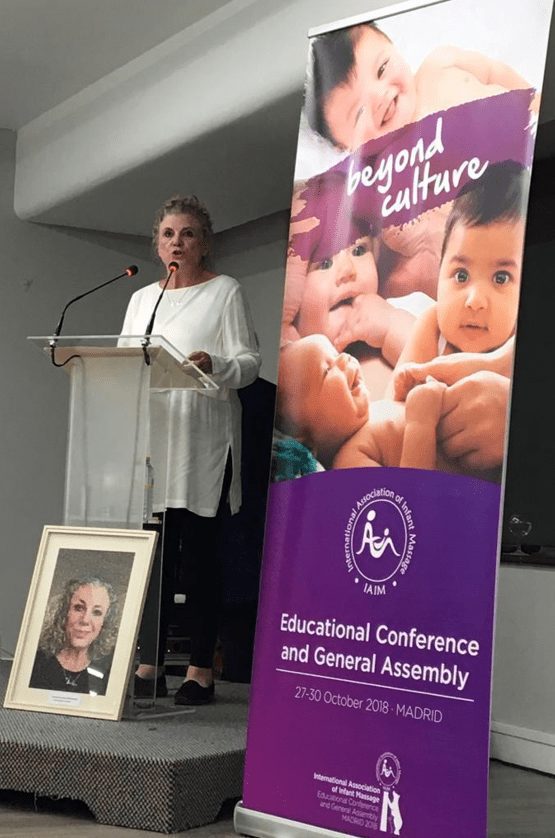A study has found that babies who live in more ethnically diverse neighborhoods are more willing to learn from adults from different backgrounds. A group of 19-month-old babies from English-speaking households in the Chicago and Washington D.C. areas was observed by researchers at the University of Chicago. They found that the infants who lived in more ethnically diverse neighborhoods were more likely to take cues from adults of a different background, indicating that they do not develop the bias many children have against people who are different from them.
This means that they are more likely to be tolerant of other races and ethnicities when they grow up. “These results provide novel evidence suggesting that infants’ social learning is predicted by the diversity of the communities in which they live,” reads the study, which was published in the November edition of the journal Cognition.
One of the tests researchers conducted was to have the infants observe an English-speaking and a Spanish-speaking adult show them how to use a toy in different ways. The study explains, “Infants who lived in more linguistically diverse neighborhoods imitated more of the Spanish speaker’s actions.”
The study goes on, “When the babies then set about using the toys themselves, those from more diverse areas tended to follow the instructions of the Spanish-speaking adult. This relation was observed in two separate datasets and found to be independent from variation in infants’ general imitative abilities, age, median family income and population density.”
Researchers also found that family income and neighborhood population density had no effect on the infants’ imitation.The study suggests that since babies learn through observation and imitation, being exposed to more diverse sources can broaden their understanding and therefore make them more intelligent. Researcher Amanda Woodword said, “It may keep children open to opportunities to learn from and interact with diverse social partners.”
